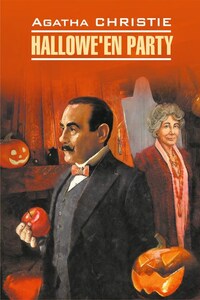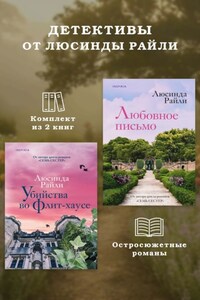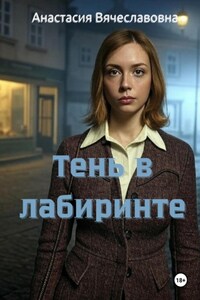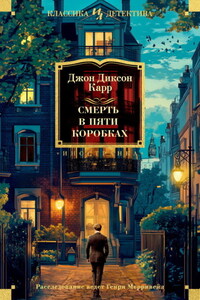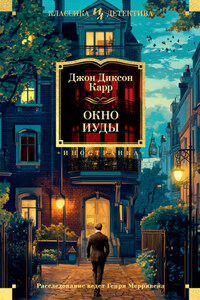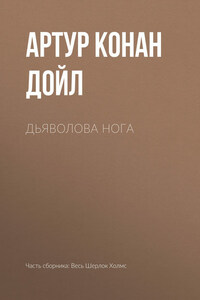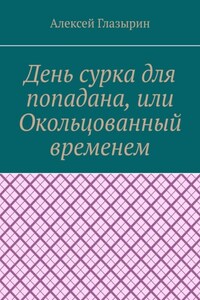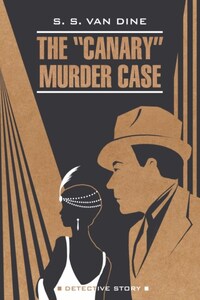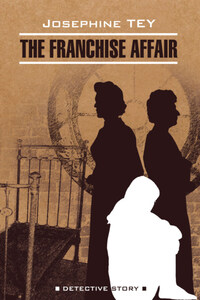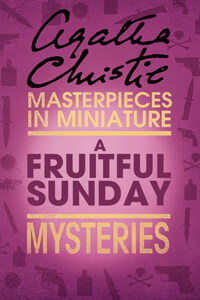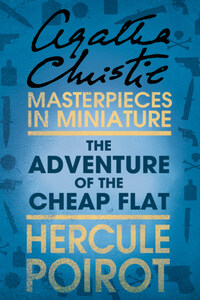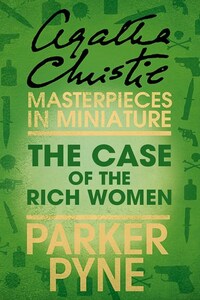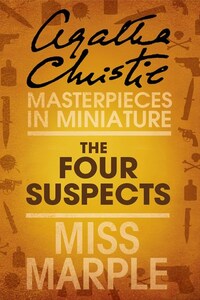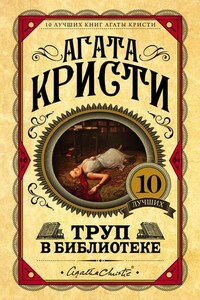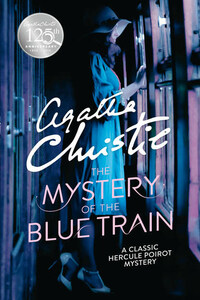Mrs Ariadne Oliver had gone with the friend with whom she was staying, Judith Butler, to help with the preparations for a children’s party which was to take place that same evening.
At the moment it was a scene of chaotic activity. Energetic women came in and out of doors moving chairs, small tables, flower vases, and carrying large quantities of yellow pumpkins which they disposed strategically in selected spots.
It was to be a Hallowe’en[1] party for invited guests of an age group between ten and seventeen years old.
Mrs Oliver, removing herself from the main group, leant against a vacant background of wall and held up a large yellow pumpkin, looking at it critically—’The last time I saw one of these,’ she said, sweeping back her grey hair from her prominent forehead, ‘was in the United States last year—hundreds of them. All over the house. I’ve never seen so many pumpkins. As a matter of fact,’ she added thoughtfully, ‘I’ve never really known the difference between a pumpkin and a vegetable marrow[2]. What’s this one?’
‘Sorry, dear,’ said Mrs Butler, as she fell over her friend’s feet.
Mrs Oliver pressed herself closer against the wall.
‘My fault,’ she said. ‘I’m standing about and getting in the way. But it was rather remarkable, seeing so many pumpkins or vegetable marrows, whatever they are. They were everywhere, in the shops, and in people’s houses, with candles or nightlights inside them or strung up. Very interesting really. But it wasn’t for a Hallowe’en party, it was Thanksgiving. Now I’ve always associated pumpkins with Hallowe’en and that’s the end of October. Thanksgiving comes much later, doesn’t it? Isn’t it November, about the third week in November? Anyway, here, Hallowe’en is definitely the 31st of October, isn’t it? First Hallowe’en and then, what comes next? All Souls’ Day[3]? That’s when in Paris you go to cemeteries and put flowers on graves. Not a sad sort of feast. I mean, all the children go too, and enjoy themselves. You go to flower markets first and buy lots and lots of lovely flowers. Flowers never look so lovely as they do in Paris in the market there.’
A lot of busy women were falling over Mrs Oliver occasionally, but they were not listening to her. They were all too busy with what they were doing.
They consisted for the most part of mothers, one or two competent spinsters; there were useful teenagers, boys of sixteen and seventeen climbing up ladders or standing on chairs to put decorations, pumpkins or vegetable marrows or brightly coloured witchballs[4] at a suitable elevation; girls from eleven to fifteen hung about in groups and giggled.
‘And after All Souls’ Day and cemeteries,’ went on Mrs Oliver, lowering her bulk on to the arm of a settee, ‘you have All Saints’ Day. I think I’m right?’
Nobody responded to this question. Mrs Drake, a handsome middle-aged woman who was giving the party, made a pronouncement.
‘I’m not calling this a Hallowe’en party, although of course it is one really. I’m calling it the Eleven Plus party[5]. It’s that sort of age group. Mostly people who are leaving the Elms and going on to other schools.’
‘But that’s not very accurate, Rowena, is it?’ said Miss Whittaker, resetting her pince-nez on her nose disapprovingly.
Miss Whittaker as a local school-teacher was always firm on accuracy.
‘Because we’ve abolished the eleven-plus some time ago.’
Mrs Oliver rose from the settee apologetically. ‘I haven’t been making myself useful. I’ve just been sitting here saying silly things about pumpkins and vegetable marrows’—And resting my feet, she thought, with a slight pang of conscience[6], but without sufficient feeling of guilt to say it aloud.
‘Now what can I do next?’ she asked, and added, ‘What lovely apples!’
Someone had just brought a large bowl of apples into the room. Mrs Oliver was partial to apples.
‘Lovely red ones,’ she added.
‘They’re not really very good,’ said Rowena Drake. ‘But they look nice and partified[7]. That’s for bobbing for apples[8]. They’re rather soft apples, so people will be able to get their teeth into them better. Take them into the library, will you, Beatrice? Bobbing for apples always makes a mess with the water slopping over, but that doesn’t matter with the library carpet, it’s so old. Oh! Thank you, Joyce.’
Joyce, a sturdy thirteen-year-old, seized the bowl of apples. Two rolled off it and stopped, as though arrested by a witch’s wand, at Mrs Oliver’s feet.
‘You like apples, don’t you,’ said Joyce. ‘I read you did, or perhaps I heard it on the telly. You’re the one who writes murder stories, aren’t you?’
